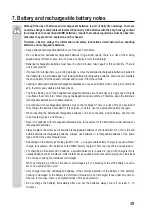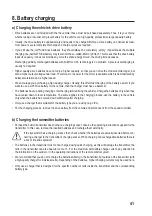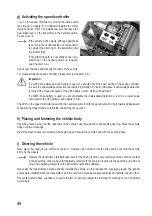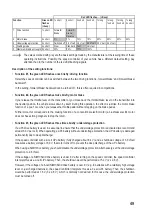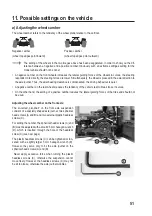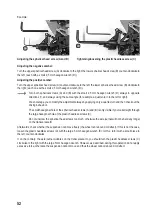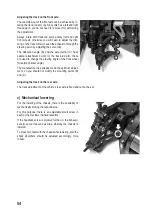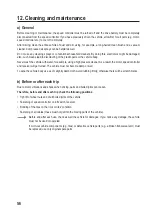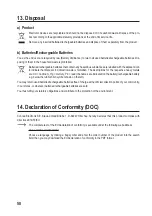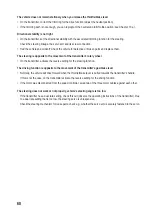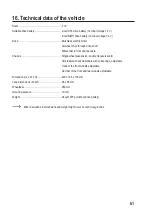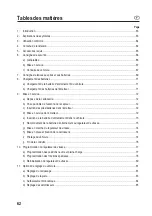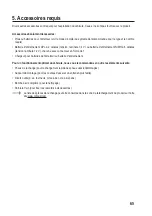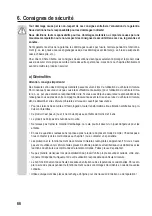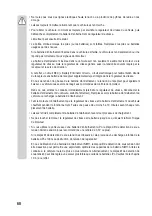
53
Adjusting the wheel camber on the rear axle:
The adjustment of the camber is performed by rotating the
screw (A) of the upper transversal arm.
Since this screw has a left and right thread, you do not
need to expand the suspension arm for adjusting the cam
-
ber.
In addition, on the rear side of the axle journal (B) several
different mounting points for the upper transversal arm
can be found.
If the transversal arm is mounted on a different point, the
wheel camber changes during compression and rebound
of the wheel.
The manufacturer has already chosen an optimal adjust-
ment for the vehicle, so you should not change the moun-
ting point (B).
b) Adjusting the track
The track (toe-in = image „A“, toe-out = image „B“) refers to the posi-
tion of the wheel plane to the driving direction.
During the trip, the wheels are pressed apart by the front rolling resis-
tance and therefore they are no longer exactly parallel to the driving
direction.
In order to compensate, the wheels of the stationary vehicle can be
adjusted so that in front they face slightly inward. The effect of this
toe-in results in a simultaneous better lateral guiding of the tire, and
thus, a more direct steering response.
If a softer steering response is desired, this can be achieved accor-
dingly by adjusting the toe-out, e.g. the wheels of the stationary ve-
hicle face outward.
A track angle of more than 3° toe-in (A) or toe-out (B) leads to problems in handling and during lower
speed; in addition, the tire wear increases.
The image above shows a highly exaggerated adjustment, which only serves to illustrate the difference
between toe-in and toe-out. If such an adjustment is selected for the vehicle, it will be very difficult to control
it!
¦ ¦
A
B
Summary of Contents for Deathwatcher EVO BL 2.0
Page 122: ...122 ...
Page 123: ...123 ...

